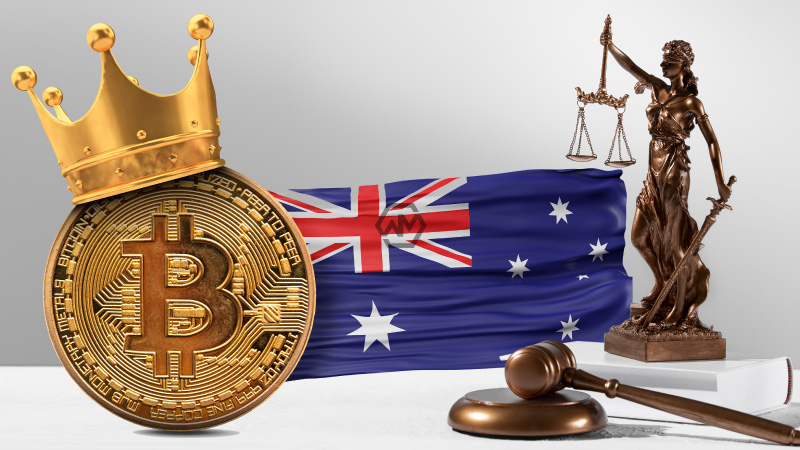The Australian treasury issues the regulatory framework in the Token Mapping Consultation paper, which distinguishes it into four crypto-related products, and outlines the issue from the multi-stage approach.
On Friday the paper was released with a joint statement of Stephen Jones, Financial Service Minister, and Jim Chalmers, Treasurer. Establishing a framework for reform, bolstering consumer protection, and strengthening enforcement action are the three key areas, where the approach of government to cryptocurrency.
Token Mapping Consultation Paper
Approximately 80 percent of crypto-related businesses either offer crypto-related products or create crypto-related assets related to existing non-crypto products, according to the report.
There are a variety of things that fall into this category and can potentially be mapped to traditional financial regulation, such as promises, intermediaries, and agents. These products are considered “intermediated token systems”. There is a direct link between the crypto tokens and fiat currencies, so a business or a crypto exchange offers an interest in crypto investment (Swyftx Earn or Finder Earn). Crypto products have clear non-financial functions that get a little messier.
- The Australian treasury issues the regulatory framework in the Token Mapping Consultation paper.
- 80 percent of crypto-related businesses either offer crypto-related products or create crypto-related assets.
- The paper refers to the crypto assets as a “Public Token System”.
Because of the wide public perception, cryptocurrency wasn’t designed to simply be a digital alternative to cryptocurrencies and was just supposed to vehicle for potential profit.
As per the consultation paper notes, tokens are used for “document provenance, digital identity, keeping the general record, storing data & event ticketing”.
They don’t involve any agents, intermediaries, or promises and the paper refers to these crypto assets as a “Public Token System”.
Despite the availability of traditional policy and regulatory levers for much of the crypto ecosystem (i.e. intermediated token systems), in pockets where functions are truly provided by public, self-service software, a fundamentally different approach may be necessary.
Chalmers and Jones note that the consultation period will last until March and that a custody and licensing framework is due to be developed by mid-2023 so that adequate consultation can take place before legislation is introduced.



